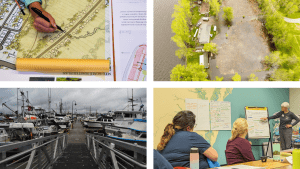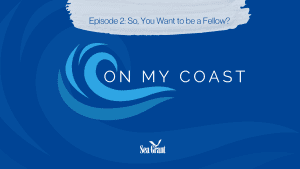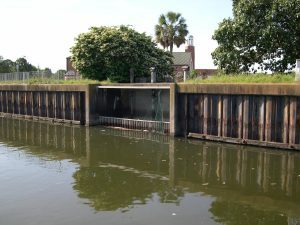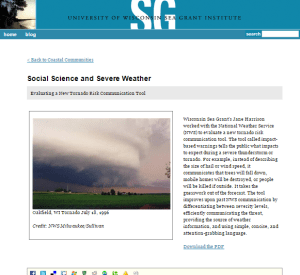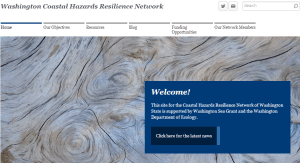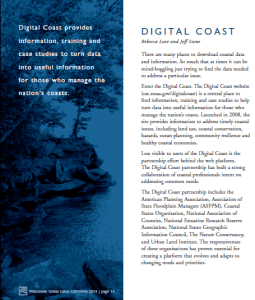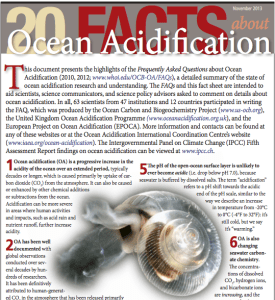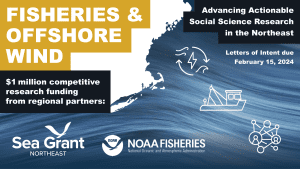
Sea Grant and NOAA Fisheries partner to invest $1 million to advance understanding of fishing community interactions with offshore wind development
The Northeast Sea Grant Consortium, in partnership with the National Oceanic and Atmospheric Administration (NOAA)’s Northeast Fisheries Science Center, announces a research funding opportunity to improve understanding of fishing community interactions with offshore wind development in the Northeast U.S.
